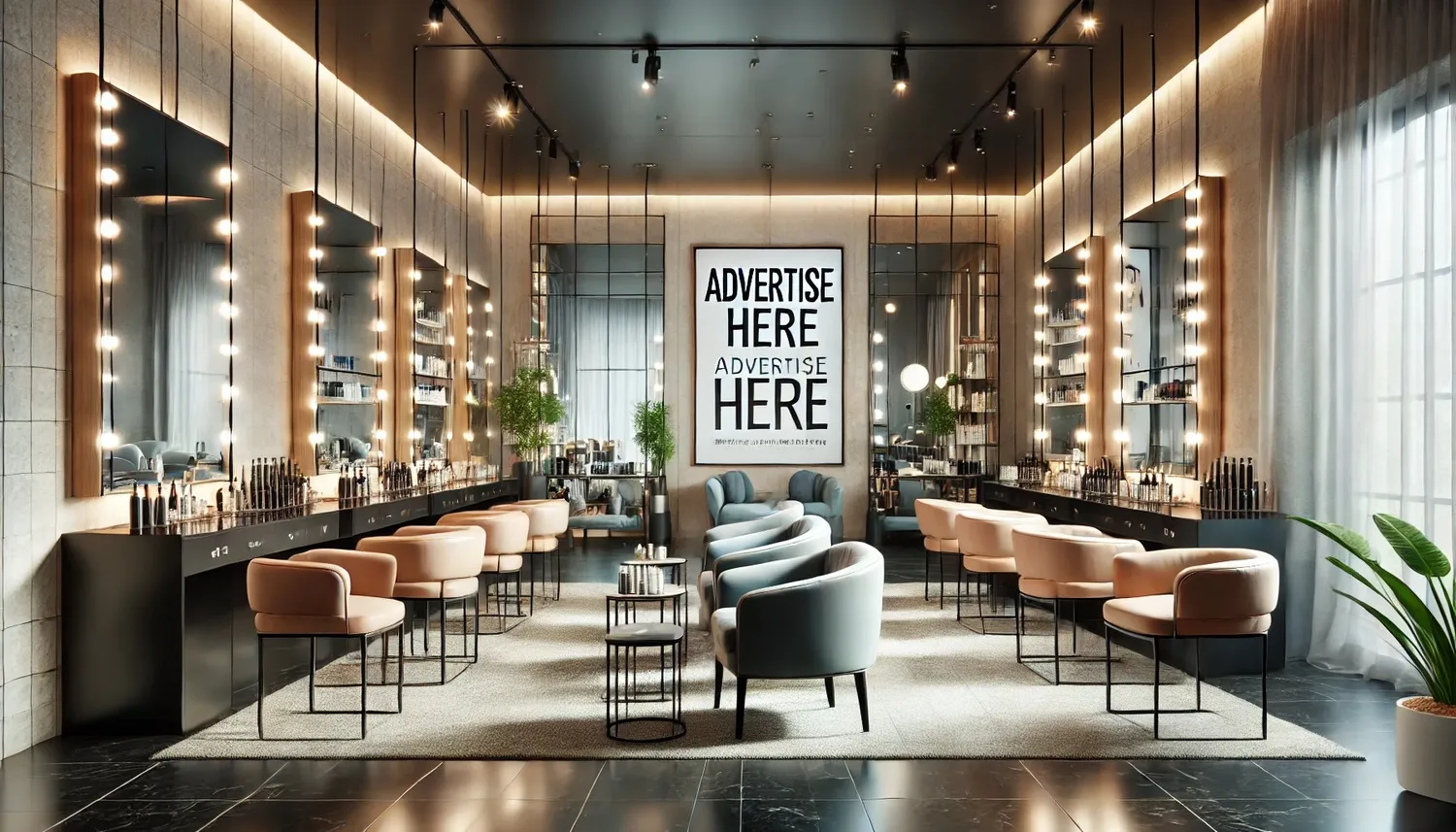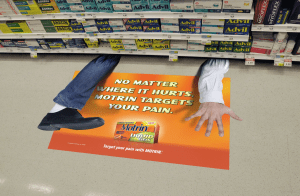Have you ever paused at a convenience store counter or a doctor’s office bulletin board because a poster caught your eye? Posters for advertising a product might feel like a classic approach, but there’s a reason they’ve endured for decades—and it’s not just nostalgia. In an age of digital overload, posters offer a tactile, visual, and sometimes delightfully surprising way to engage with your audience. Whether it’s a pop of color in a busy clinic hallway or a creative message in a cozy beauty salon, posters deliver lasting impact when cleverly deployed in the right environment.
In this blog, we’ll explore how posters can help brands and agencies stand out, especially in specific, high-traffic spots like convenience stores (C-stores), doctor’s offices, and beauty salons. We’ll also showcase inventive ways healthcare and entertainment brands can get the most out of poster advertising. Finally, we’ll answer common questions about posters’ effectiveness, cost, and synergy with other marketing efforts—including how to take this strategy to the next level with In-Hand Advertising solutions.
The Power of Posters: Why This Medium Endures
Before diving into specific environments like C-stores and clinics, let’s address a key question: Why do posters still matter? Digital ads can be swiped away, TV commercials can be muted, and pop-ups are often blocked, but posters occupy physical space where people are already present and engaged with their surroundings.
Tactile, Visual Appeal 
Posters draw attention through color, layout, and design. They can be bold, minimalistic, or even playful—anything that compels the viewer to stop and take note.
High Recall
When placed strategically, posters become hard to ignore. A well-crafted poster lingers in memory long after the viewer has left the location, contributing to brand awareness and recall.
Cost-Effective
Compared to large digital ad buys or billboards, posters can be relatively affordable, especially for local or targeted campaigns. Printing costs have also become more competitive, allowing you to experiment with multiple designs.
Versatility
Posters fit many shapes, sizes, and environments—making them perfect for brand experiments or region-specific campaigns without long-term media commitments.
Pitching Poster Advertising: Connecting with Audiences in the Right Environment
The trick to making posters a high-ROI tool isn’t just the design; it’s the where. Let’s consider some prime spots:
1. Convenience Stores (C-Stores)
Why It Works: Busy, quick-stop locations see a steady flow of customers throughout the day—often people looking for snacks, beverages, or last-minute items.
Poster Placement: Near checkout counters, on refrigerator doors, or above the coffee station. These are eye-level spaces where customers naturally pause.
Message Ideas: Highlight impulse buys, local brand promotions, or quick service announcements. Think “Grab a new energy drink!” or “Try our healthy snack, 2-for-1 deal!”
2. Doctor’s Offices
Why It Works: Patients often spend extended periods waiting, which heightens their receptivity to well-placed posters.
Poster Placement: Waiting rooms, exam room walls, or near the reception counter.
Message Ideas: Health tips, brand messages from pharmaceutical companies, or wellness service promotions. If it’s relevant to well-being or health, patients are more likely to take note.
3. Beauty Salons
Why It Works: Salons are places where clients often sit for 30 minutes or more, scanning the room for interesting visuals.
Poster Placement: Mirrors, waiting areas, or stations where hair products are displayed.
Message Ideas: Special deals on beauty or wellness products, new haircare lines, or upcoming local spa events. A creative poster can spark conversation or even an impulse purchase with the salon staff.
In all these environments, a captive audience is key. Posters transform idle time or quick errands into brand engagement opportunities, bridging a gap between everyday locations and memorable marketing moments.
Clever Examples: Healthcare and Entertainment Industries
Let’s explore how two very different sectors—healthcare and entertainment—leverage poster ads effectively:
Healthcare
1. Flu Shot Awareness
Scenario: A healthcare provider places posters in high-traffic convenience store restrooms. Bright colors and a friendly headline (“Don’t let the flu catch you—get your shot!”) direct viewers to a local clinic or pharmacy.
Why It Works: The message is contextually relevant (health focus) and the environment fosters greater recall (restroom visitors are typically idle for a moment).
2. Wellness Challenge 
Scenario: A doctor’s office partners with a health drink brand to promote a 30-day wellness challenge. Posters near the reception highlight a daily regimen that includes the brand’s product.
Why It Works: The doctor’s office endorses the brand tangentially, boosting credibility for health-minded consumers.
Entertainment
1. New Film Promotion
Scenario: A local cinema chain partners with a beauty salon. Posters near styling stations depict behind-the-scenes shots of an upcoming blockbuster, teasing a “Glam Night at the Movies.”
Why It Works: Clients are already in a leisurely, self-care setting, open to “treat yourself” experiences. The film becomes more enticing in a place that fosters relaxation and escapism.
2. Music Festival Teaser
Scenario: Posters in a convenience store feature bold graphics for an upcoming festival. Vibrant visuals and a QR code let customers buy tickets on the spot.
Why It Works: Tapping into spontaneous excitement—someone grabbing a snack might think, “Why not plan a fun weekend?” QR codes make immediate conversions frictionless.
FAQ: Common Queries About Posters for Advertising a Product
Q: Aren’t posters outdated in the digital age?
A: Posters are far from obsolete. They offer a physical touchpoint that can be more memorable than a fleeting digital ad. When placed in the right environment—like a waiting room or convenience store—they can outshine digital noise with minimal competition.
Q: How do I measure the effectiveness of poster ads?
A: While you won’t have direct clicks, you can add QR codes, unique URLs, or track sales uplifts in regions where the posters appear. Staff feedback in locations (like how often a product is requested after someone sees a poster) also provides qualitative insight.
Q: Is printing cost too high for small businesses?
A: Not necessarily. Modern printing solutions can be cost-effective, especially if you’re focusing on local or niche environments. Plus, the potential ROI from targeted exposure often justifies the expense.
Q: Can I rotate messages easily if I have multiple offerings?
A: Absolutely. Posters are easy to replace or update. Some businesses rotate monthly to highlight seasonal deals or new product releases.
Q: How do I ensure my poster stands out from competing ads?
A: Focus on bold visuals, concise text, and a compelling call-to-action (CTA). Align the design with your brand identity, but consider the environment—light colors and straightforward text might pop in a subdued doctor’s office, while bright, fun colors could resonate in a lively salon.








